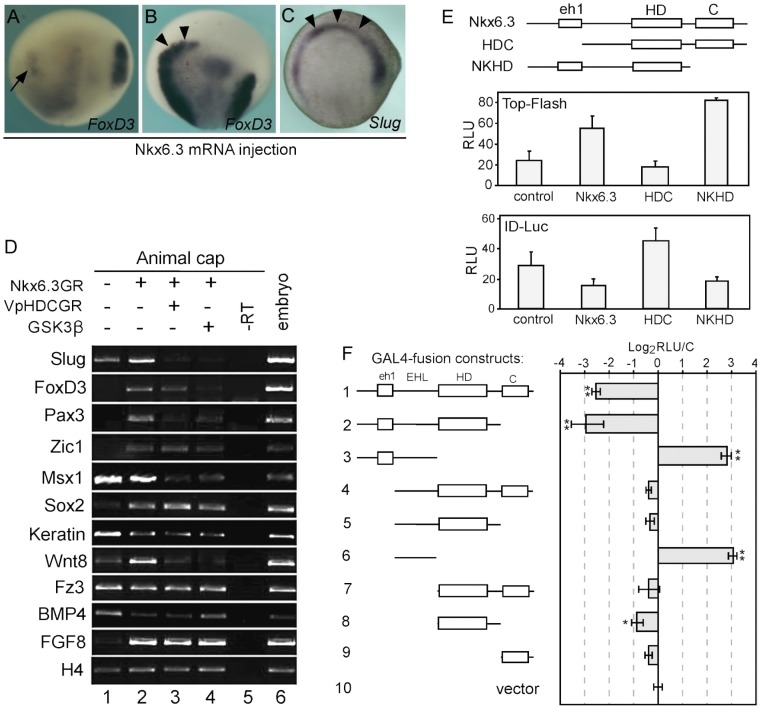Figure 3. Nkx6.3 is able to induce neural crest dependent on Wnt signaling.
(A) Nkx6.3GR mRNA was injected into one blastomere at 2-cell stage and DEX was added at stage 11, the expression of neural crest marker FoxD3 was inhibited on the injected side (arrow). (B, C) Local injection of Nkx6.3 mRNA at 32-cell stage induced neural crest (arrowheads) in the anterior neural folds. (D) In animal caps, overexpression of Nkx6.3 induced the expression of neural crest markers and that of Wnt8 and FGF8 (lanes 1, 2). The VpHDC construct, in which the eh1 repressor domain was replaced by the Vp16 activation domain, repressed the neural crest inducing effect of Nkx6.3 (compare lanes 2, 3). Inhibiting Wnt signaling by GSK3β blocked most of the effects of Nkx6.3 on marker gene expression (lane 4). (E) The effect of different Nkx6.3 constructs on the expression of luciferase reporter genes of Wnt (Top-Flash, middle panel) and BMP (ID-Luc, lower panel) signaling in Xenopus embryos. The domain structures of Nkx6.3 and the HDC, NKHD constructs were shown in the upper panel. eh1, eh1 repressor domain; HD, homeodomain; C, C-terminal domain. (F) Effects of the fusion constructs of GAL4 and various Nkx6.3 domains on the expression of a GAL4 luciferase reporter gene. Wild type Nkx6.3 and that lacking the C terminal domain worked as repressors (bars 1, 2) while the EHL region with or without the eh1 domain both activated the transcription of the reporter (bars 3, 6). EHL, the linker region between the eh1 repressor domain and the HD domain. *, p<0.05; **, p<0.01. The expression of the different constructs were confirmed by Western blot (data not shown).

